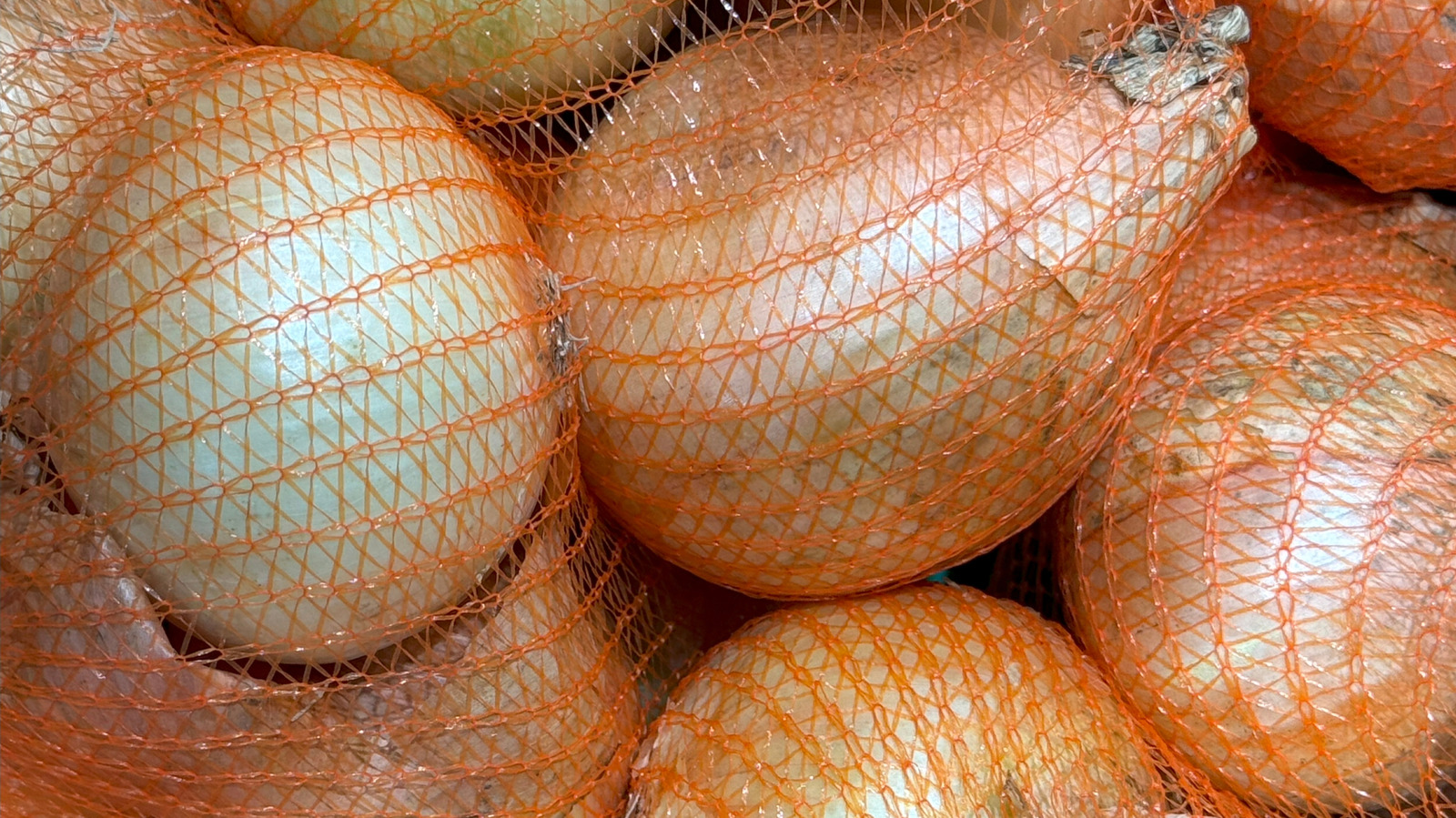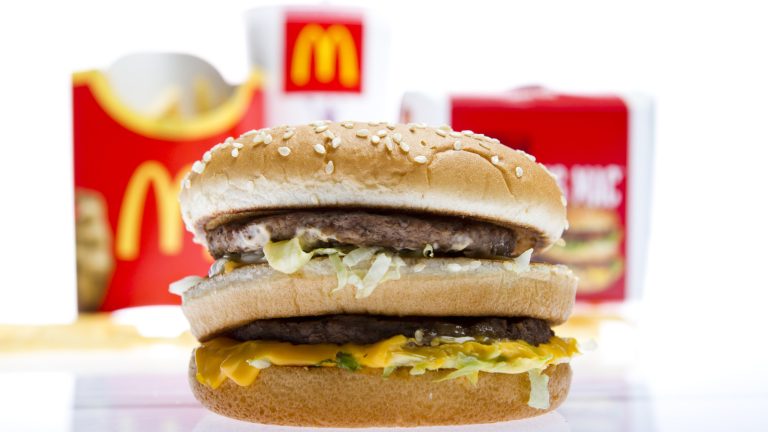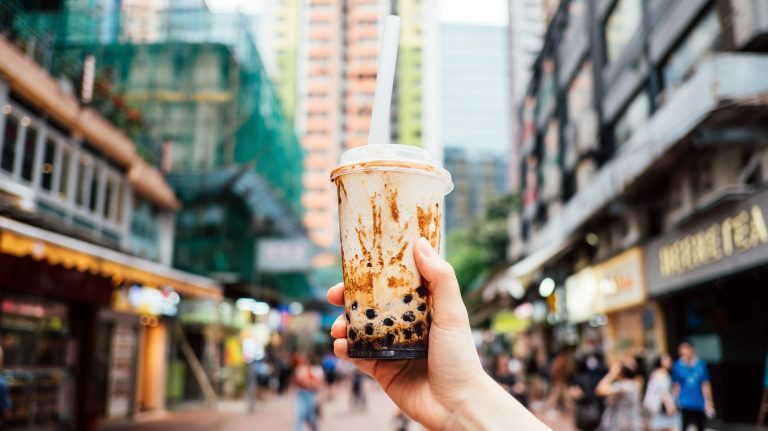Instead of tossing single-use plastic in the trash, some of it can be upcycled for handy hacks in the garden. Plastic water bottles make a great pot for baby plants, while clear takeout containers are perfect DIY greenhouses. Then there are the plastic mesh sacks that potatoes, onions, and oranges come sold in. These sturdy bags have a lot more potential after the produce stored in them has been used, so don’t throw them out. One of the best ways to repurpose them is to use them as a protective cover for delicate plants in your own garden, such as lettuce.
Compared to other flimsy plastic bags and packaging, these mesh sacks are clearly much more durable — you won’t have to worry about these breaking down in the garden. The mesh is breathable, and it creates a lightweight barrier that keeps hungry pests like birds, rabbits, and insects from munching on your crops. With the mesh pattern, it still lets in sunlight and water, and it’s light enough to not crush the plants.
Once you have an empty mesh sack on hand, snip the bag open and gently drape it over your greens. The edges can be anchored with small rocks. To elevate the mesh slightly to enclose the plant, the mesh can be draped over small sticks or poles. Aside from lettuce, the upcycled sacks can also be used to protect herbs and delicate seedlings.
Other tips for upcycling mesh sacks in the garden
Mesh netting is sold online, often in large rolls, with the intention of covering large areas of gardens from pests. It might take you a while to accumulate enough mesh sacks to cover an entire garden, but in the meantime, the upcycled sacks are free, zero-waste, and great for small spaces. Even if you don’t have garden space, there are plenty of vegetables that can be grown in pots, and the mesh can be easily draped over.
Not all plants in the garden need to be covered by mesh sacks. While delicate greens need some protection, plants like zucchini and strawberries should not be, at least until they have fruit growing, as they need to be exposed to pollinators. If you’re worried about fresh veggies or fruit being munched on, the berries themselves can be covered with small sections of upcycled mesh bag or veggie and fruit protection bags. For lightweight vine vegetables, like peas or cucumbers, the mesh can also be stretched across stakes and used as trellis netting.
After the garden harvest, mesh sacks still have purpose. They can be stretched out in a well-ventilated area and used to dry harvested herbs. This tip is obvious, but once produce like onions and potatoes are harvested from the garden, the sacks can be once again used to store them. Did you dirty your garden tools during harvest? Wad up the mesh into a ball and use it as a scrubber. There are countless uses for it.






